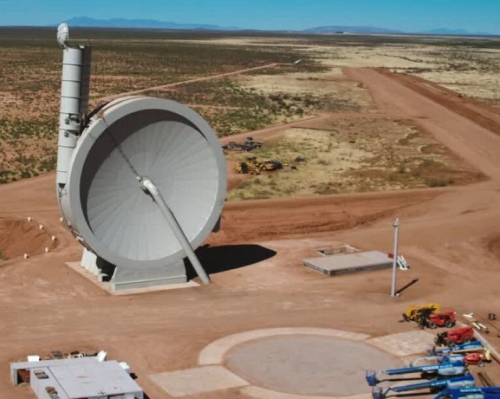October 4, 2022 Quick space links
- Northrop Grumman names next Cygnus cargo freighter after Sally Ride
The launch is presently scheduled for November 6, 2022.
- China to develop nine new rocket engines by 2028
The first on the list is their attempt to copy or beat SpaceX’s Raptor-2 engine. I wonder if their academic spies in the U.S. have managed to steal some juicy engineering data.
- Astronauts growing rice and tomatoes on Tiangong-3 space station
Too early to say if these experiments are a success, but they follow many similar planet experiments on the Salyut stations, Mir, and ISS.
- Iran completes suborbital rocket test launch
According to the state-run press, the rocket, dubbed Saman, tested an “orbital transmission system and … its capability to change the orbit of satellites in near-space conditions.”
- Viasat sells off part of its company to pay debts
Company officials try to paint a rosy picture, but the future does not look good for this established geosynchronous satellite company.
- OneWeb satellites installed on GSLV rocket for October launch
Though OneWeb signed first with SpaceX to replace the Russians launch services, it appears the company wants to launch first with India.
- Northrop Grumman names next Cygnus cargo freighter after Sally Ride
The launch is presently scheduled for November 6, 2022.
- China to develop nine new rocket engines by 2028
The first on the list is their attempt to copy or beat SpaceX’s Raptor-2 engine. I wonder if their academic spies in the U.S. have managed to steal some juicy engineering data.
- Astronauts growing rice and tomatoes on Tiangong-3 space station
Too early to say if these experiments are a success, but they follow many similar planet experiments on the Salyut stations, Mir, and ISS.
- Iran completes suborbital rocket test launch
According to the state-run press, the rocket, dubbed Saman, tested an “orbital transmission system and … its capability to change the orbit of satellites in near-space conditions.”
- Viasat sells off part of its company to pay debts
Company officials try to paint a rosy picture, but the future does not look good for this established geosynchronous satellite company.
- OneWeb satellites installed on GSLV rocket for October launch
Though OneWeb signed first with SpaceX to replace the Russians launch services, it appears the company wants to launch first with India.















